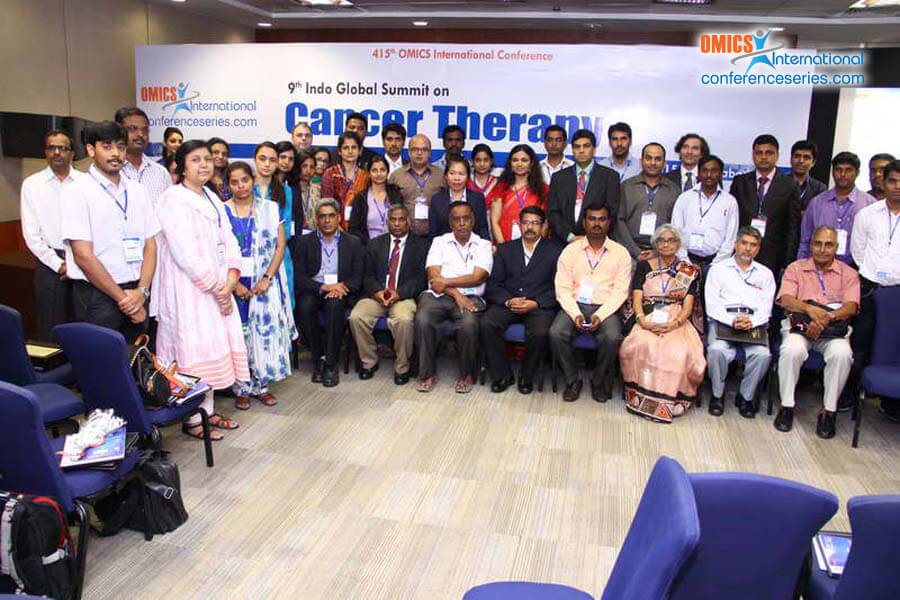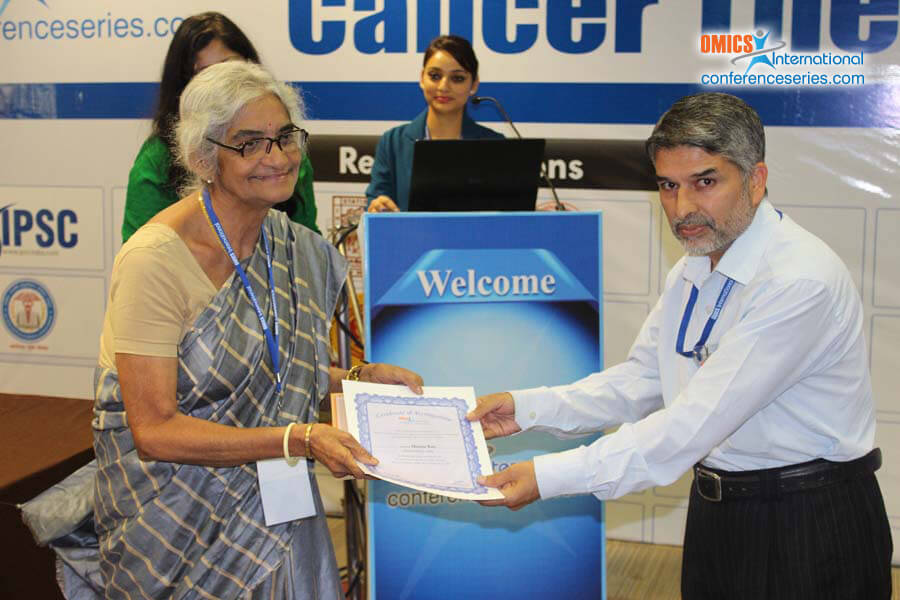
Manju Ray
Bose Institute, India
Title: Anticancer Therapeutics based on Nanoparticulated Methylglyoxal
Biography
Biography: Manju Ray
Abstract
The anticancer effect of methylglyoxal (MG) has been known for a long time. This is a normal metabolite, can strongly inhibit mitochondrial respiration and glycolysis of exclusively malignant cells. This leads to ATP (energy currency of cell) starvation of those cancer cells, rendering them nonviable. In contrary it has no adverse effect on normal cells. Pharmacokinetic and toxicological studies confirmed that MG has apparently no toxic effect. MG can activate macrophages via the production of superoxide and nitrite and by MAPK/NF-κβ signaling pathway. These findings led the way for anticancer drug development using MG as a key component. Phase I Clinical study was done on a limited number of terminal cancer patients to test the efficacy of the drug with the due approval of the Institutional Ethical Committee (IEC) and the Drug Controller General of India (DCGI). Highly encouraging results of this study had lead to the Phase II Clinical trial on cancer patients which is on the way in completion. MG, being a normal metabolite, is rapidly degraded by various enzymes present in the body resulting in reduced therapeutic efficiency. To prevent this degradation, MG was conjugated with a natural polymer, chitosan. The synthesized nanoparticulated methylglyoxal (Nano-MG) is more competent as an anticancer agent than bare MG. Nano-MG has strong anticancer property both in vitro and in vivo. It has been demonstrated that Nano-MG has more cytotoxicity and increased rate of apoptosis in various cancer cell lines in comparison with bare MG, without any adverse effect on normal mouse myoblast cell line C2C12. Nano-MG also found to be effective in both Carcinoma and Sarcoma. Efficacy of Nano-MG is about 400 times more in EAC-bearing mice and nearly 80 times more in sarcoma-180 induced solid tumor bearing mice than that of bare MG. Nano-MG showed immunomodulatory property. A few cytokines and surface receptors of macrophages including iNOS, IFN-γ, TNF-α, IL-1β, IL-6, M-CSF, TLR-4 and TLR-9, which are well known for playing vital roles in enhancing immunity have also been assayed at their mRNA levels. The cytokines exhibited marked up regulation on treatment with the Nano-MG at much lower dose in Sarcoma-180 tumor bearing mice compared to untreated (sarcoma 180 bearing) counterparts. In conclusion, Nano-MG is an excellent candidate as cancer therapeutics.




